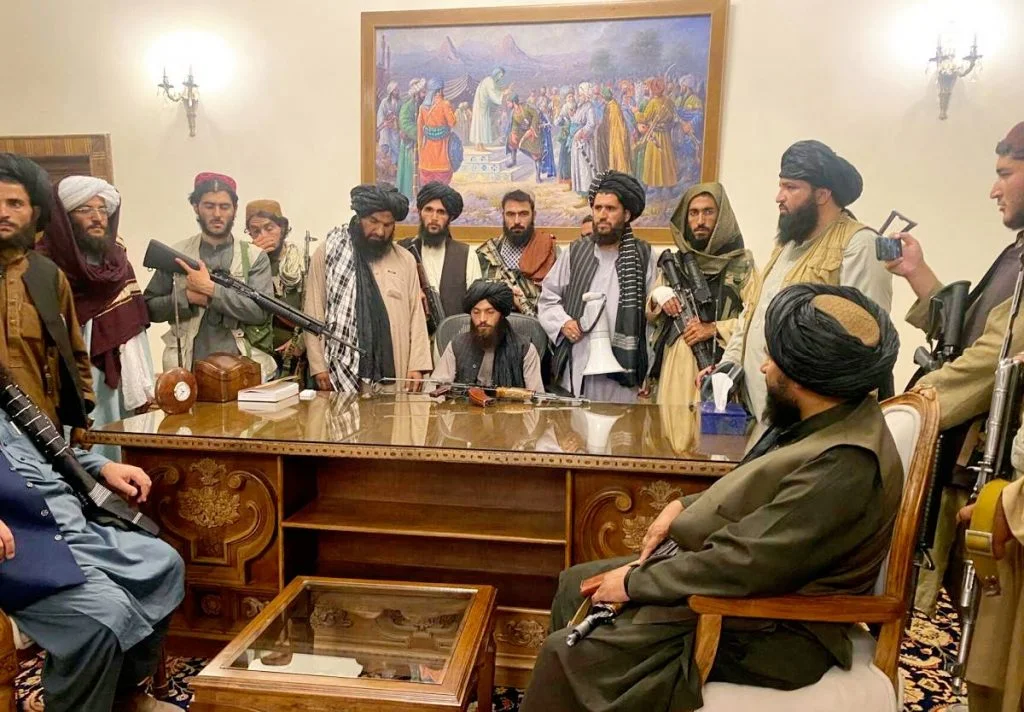Value and Customers – Tribune Online
[ad_1]
Value can be said to have been achieved when a product or service significantly meets the need of a customer. A company, for example, identifies an opportunity through insight and then provides a superior alternative to that of the competition. In other words, the company qualitatively and quantitatively provides the benefit that solves the problem identified as a result of the insight. The differentiator is referred to as the company’s unique selling point (USP) or the particular differentiated problem solving capability of the company.
Companies are using different strategies to achieve a differentiation focus. For instance, there is the business model of working back from customer experience to technology. Some have even adopted the collaborative ecosystem for their products and services using the user experience model.
One thing that is very clear is the rapidly growing differentiation which is as a result of the evolving strong customer impact or influence.
There is the growing competency of increasing customer outcomes through customer obsession. Customers’ data are regularly and constantly analysed. There is continuous learning on their needs and desires. New ideas on customer satisfaction are being considered and analysed. High standards are being set up for satisfying customers. Companies are reaching out to secure resources for customer-centric initiatives. Different functions as well as departments in companies are now collaborating across their distinct roles and responsibilities to strategically improve customer outcomes. Tireless advocates and ambassadors of customer obsession are now being handsomely rewarded.
This new trend is gradually giving a new look to leadership. Leadership style has become a continuous and team-based coaching. Leaders are now progressing to the democratic learning style and gradually moving away from legacy control leadership. The trend now is the coaching model.
New mindsets are replacing new skills sets. Greater innovation is being fostered, novel solutions, new opinions and new ideas. There is diversification of thoughts, inclusivity, creativity, resiliency and then, most importantly, customer centricity.
We are now experiencing fundamental shifts. Leaders are building the shift by establishing and empowering team context. The leaders’ critical task, if they do not want their companies to lose out in this new and pragmatic agenda, is fostering teams’ empowerment to execute the strategic agenda of optimization for innovation, agility and effective decision-making.
We are experiencing strategic alignment. The goals or destination are being clearly spelt out. Teams are being pulled along and team members now see themselves and believe that they are indeed part of the destination. Decisions success rate are increasing and being enhanced. Continuous adjustment of the process is constantly being carried out and the ultimate outcomes as well as the ambitious goals are being broken down into manageable decisions.
Customer strategy is proving every day to be the recipe for success. The customer story is being lived and compelled. Companies are delivering the benefits to customers with high degree of superiority. Innovation has become the order of the day for sure competitive advantage.
Leaders are challenging the status quo by relentlessly pursuing drastically improved sales experience for customers. They are galvanizing teams to send shock beneficial waves to customers. Leaders have become umpires of the role-model change. They are personally involved in order to deliver the results. Inflows are growing through beneficial value and, of course, sustainable profitability.
Products and services must be distinctive and superior. We must showcase passion for needs of customers in the conception, imagination, invention and innovation of products and services. We must push limits on products performance, in the technology we make use of, the style and features.
Our goal must be for unique expertise in the process, product and of course, the customer. We must therefore also push limits in systems, process, efficiency and stress-free availability of products to customers. We must manage cost in the supply chain and cut down drastically on wastage. Quality and value must be our watchwords.
Customers must not pay for our inefficiencies. We must be differentiated on how we create the distinct value. Brand image must be aspirational and the products as well as services must be premium in nature.
Things to watch out for:
In manufacturing or providing service, build something you sincerely believe in. It is the necessary and critical first step in building and growing the brand. Do not aim for marginal improvements. On regular basis, consistently make the process radically better and unique. A problem you may be experiencing is being imitated, copied or even sabotaged. Build for survival to such an extent that imitation will not disturb or even distract you. Do not ever compromise on the things that make your company unique. Always make them stronger and better.
Do you know that until you exchange your value for money, you must not lose control? Recalibrate for optimum efficiency at every stage. Always tidy up loose ends.
You must strive always to earn and keep your credibility. You can always leverage the trust you have earned from your customers. Constantly build on your reputation and always use it. From time to time, skeptical customers will challenge or even criticize you, but you must live up to your name always.
Be honest and credible, always fulfil your promise. Be refreshingly better always. Be passionate about what you are doing and also radically different.
Do you know that mistakes get made? Customers can lodge legitimate or even sometimes blow out of proportion genuine mistakes. Egos can be bruised and you can be at the receiving end of the complaint.
Here are some tips:
Please do not hesitate to admit that you made the mistakes. Mistakes are indeed a natural part of life. Learn from them and strive always to avoid them.
Dale Carnegie in his book, The Leader in You, pointed out that: “When a customer is unhappy about a product or the service that has been provided, a quick and forceful admission of error can often work wonders.”
Andres Navarro said: “If an organisation is able to admit mistakes, it’s encouraging creativity and also encouraging people to take risks.”
According to Carnegie’s book, think twice before you criticize or assign blames. If the person who made the mistake already knows how it happened, why it happened, and what needs to be done so it will not happen again, then nothing at all needs to be said. There is no point making people feel worse than they already do.
Motivated employees want to perform well. People do not come to work to mess-up. They want to feel needed. They want to be committed. We must avoid the blame game. It can be very destructive. Criticism or blame spreading most times causes people to hide the mistakes and this can be very costly and destructive to the process. Employees who find themselves on the receiving end of the blame game or harsh criticism will definitely run away from taking risks and therefore being creative. We lose a lot of potential as a result of this.
Other points that we should mention here in our quest to establish a customer centric culture is one; the experimentation mindset. We should not be risk averse. This is antithetical to learning. We must drive innovation to create and foster desirable competitive advantage.
To serve the customer, formal training must thrive. We must develop network learning and also learn on the job.
Scenario-based approaches or story telling will also be very effective and appropriate. It improves learning outcomes better than the instruction-based approaches. It seriously drives engagement and pragmatically stimulates positive activities in the brain.
Brain-science research has shown that the scenario-based instructional method is grounded in living evidence and experience. It shows leaders how to operate in a team environment. It models effective human behaviour. This is done or achieved through “live” examples and not in isolation. This scalable approach is very effective in the reinforcement of known-how and practice.
In conclusion, to achieve value for customers, and record sustainable profitability as well as viability, we must adequately understand and leverage strategic and intangible assets.
Integrated strategic and operational options must be considered and analysed. There must be risk analysis and decisions must be taken on which ones to adopt.
Our goal is to most effectively, deliver desirable consumer outcomes. As mentioned earlier, the achievement of this goal as well as sustainable profitability will depend on the decision success rate. Also, there must be enterprise performance management by way of using resources, both tangible and intangible; availability of needed cash and non-cash, cost-effective distribution to specifically identified customer segments, cost and inflow models and of course, corporate governance.
To ride on today’s digital economic environment, appropriate and relevant data as well as technological support must be sought and adopted on a continuous basis.
ALSO READ FROM NIGERIAN TRIBUNE
[ad_2]














Post Comment